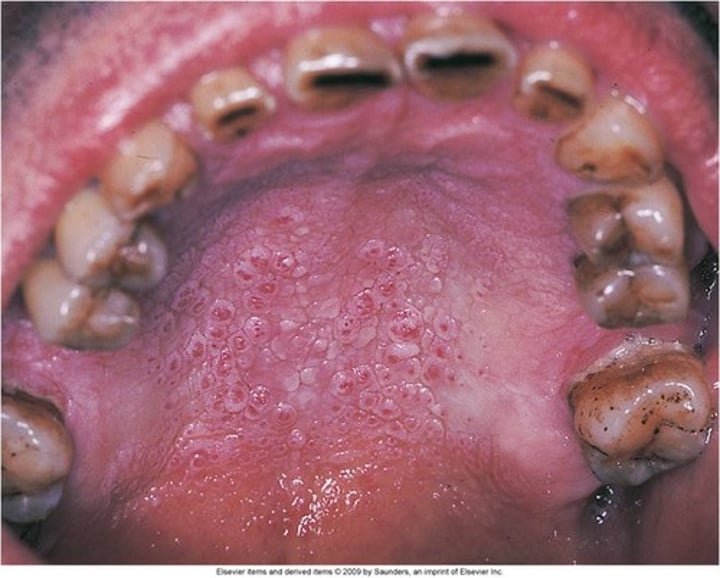Pharmacology II Final: Anti Cancer Drugs
1/51
There's no tags or description
Looks like no tags are added yet.
Name | Mastery | Learn | Test | Matching | Spaced |
|---|
No study sessions yet.
52 Terms
Off all cancers diagnosed, what percentage can be cured by surgery or radiation ALONE?
25%
75% require systemic chemotherapy
Of all cancers treated with chemotherapy, what percentage are cured / prolonged remission?
10%
Most cases of cancer do not go into remission, rather, drug therapy produces only a _________ of the disease
regression
There were no treatment options for cancer until what year?
1940
For solid cancers, _____ of patients can be cured effectively when the tumor has NOT metastasized
1/3
True or False: Most currently available anticancer drugs only interfere with malignant cell unique processes.
False, we are not there yet. Most currently available anticancer cells affect all proliferating cells, but we are getting better at making them more specific.
All antitumor agents have a ______ therapeutic window
narrow
Primary focus of chemotherapy vs. Primary objective
Focus: preventing cancer cells from multiplying, invading, or developing metastasis
Objective: destroy all malignant cells without excessive destruction of the normal cells
Growth rate ______ as neoplasm size increases
decreases
Why? b/c it outgrows the ability to maintain blood supply and not all cells proliferate continuously
What type of cells are most susceptible to cancer therapy: dividing or resting cells? What happens if you stop therapy?
Dividing; the resting cells reactivate when tx ends
Conventional chemotherapy targets have been developed to act on what 3 things?
cell cycle, intracellular microtubules, and DNA
Maximum Tolerated Dose (MTD) protocol
give pt the highest possible dose of chemo to induce overt toxicity, requires a rest period between cycles of therapy
Metronomic chemotherapy protocol
long term low(er) dose over long time w/o extended rest periods
Combination chemotherapy improves responses over single agents, but the _________ must be maintained
dose intensity
For classical chemotherapy to be effective, ________ is required
cell proliferation
(indolent cancers typically resist chemotherapy)
What is the major cause of uncontrolled cancer growth and ultimate death?
drug resistance
Primary Chemotherapy
Chemo is the main modality of Tx, single or combo drugs
Adjuvant Chemotherapy
Add radiation to the chemotherapy (??????) typically for advanced cancer like breast cancer or solid tumors)
Neoadjuvant Chemotherapy
chemo given before surgery to shrink tumors to make sx easier
Concurrent Chemotherapy
simultaneously with radiation
Cell Cycle specific drugs are effective against
hematologic malignancies in solid tumors with large growth fraction
Non cell cycle specific drugs are effective against
solid tumors with low growth fraction as well as solid tumors with high growth fractions
______ drugs are given after a course of _______
CCS , CCNS
What tissues are high growth fraction?
bone marrow, hair follicles, intestinal
Gompertzian Growth Model
exponential early growth of cancer that slows down at later stages of development

Smaller tumors typically grow ______ but have a ______ percentage of cells dividing
slowly, large
Medium tumors typically grow ______ but have a ______ percentage of cells dividing
quicker than small, small
Large tumors typically grow ______ but have a ______ percentage of cells dividing
slowly, small
Most anticancer drugs are ineffective in advanced cancers which have a very ________ growth fraction
low
True or False: Debunking procedures make tumor again responsive to drugs by inducing remaining cells to divide.
True
True or false: if a drug is capable of killing 99.999% of tumor cells, with a log 5 kill, results in clinical remission or symptomatic improvement.
True
True or false: A single clonogenic malignant cell can produce progeny and kill the host.
True
What is the most frequent treatment LIMITER of chemotherapy where the doctor may decide to pull back on treatment?
bone marrow depression
Uncontrolled nausea and vomiting from chemotherapy can lead to loss of ______ and _____ which impairs nutrition and leads to reduced quality of life and nonadherance to treatment
fluid and electrolytes
True or False: Nausea and vomiting cannot be prevented during chemotherapy
False, 70-80% can be prevented with antiemetic
Patients with ______ have a lower resistance to infection and must be monitored for signs of infection during chemotherapy
leukopenia (too few WBC)
Leukopenia
Abnormally low white blood cell count (<4000/ul)
Thrombocytopenia
low platelet count (below 100,000)
Anemia Hgb level
<8 g/dl
Anemia symptoms
FATIGUE, headache, dizziness, lightheadedness, shortness of breath, pallor, hypothermia, pale nail beds, pale conj
Most common side effect of cancer and its treatment
Fatigue
Does exercise help or worsen fatigue associated with cancer treatment?
Helps
Alopecia
hair loss (65% for chemotherapy)
Does methotrexate cause severe or gradual alopecia?
gradual
Hair loss may begin within _______ of starting treatment and regrowth is expected within ________
7-10 days, 3-6 months
Stomatitis
inflammation of the mouth

Why is stomatitis problematic? How can it be treated?
hurts too much to eat
-use cold foods, suck on ice chips, prescribe topical lidocaine to decrease discomfort
What foods should be avoided with severe diarrhea?
spicy, greasy, raw fruit, raw vegetable, nuts, caffeine, seeds, popcorn, alcohol
Dysgeusia
altered taste (metallic or bitter or no taste at all)
True or false: chemotherapy can directly cause decreased cardiac, pulmonary, and renal output
True
How many chemo treatments for peripheral neuropathy to occur?
5+
As toxicity increases, the patient complains of muscle pain, weakness, and disturbances in what visual component?
depth perception (makes it hard for them to walk independently)